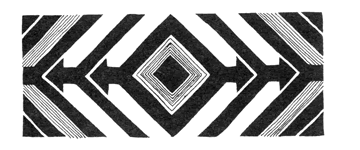|
Second, Haiku may also be effectively used to condense an entire dream into a concentrated, seventeen-syllable vision. This type of condensation can be especially helpful in a dream group. Here we have many people who wish to share a dream and receive reactions from others. But time is limited. Also, in the usual telling of a dream, the dreamer often wanders through the story—sometimes backwards!—adding parenthetical remarks, explanations, and apologies along the way. If the dream is particularly long, the listeners can become confused. Certainly the emotional impact of the dream's vision is diluted, if not lost. I've found it to be a popular practice to take a few minutes at the beginning of a dream group session for each of us to prepare a Haiku version of our dream. We each then read our Haiku dream aloud and, after a moment of silence to let the dream touch us, reactions are generously forthcoming. We also find that the Haiku dream reveals the heart of the matter and thus quickly promotes fruitful discussion.
Finally, as a form of dream interpretation, Haiku dream realization.can become an effective exercise in superimposing dream reality upon our ordinary vision. Here are the instructions I give: Condense the essence of the dream into the first two lines of the Haiku. Use the third line to convey some truth about your life that correlates with the dream's vision.
Since this third Haiku exercise requires more patience and analysis, I encourage practice with the first two exercises, which can be more freely rendered. But if you can perceive in proper perspective the challenge of formal Haiku, a third line that presents an unexpected complement to the first two is both consistent with tradition and also yields valid dream realization.  231
|